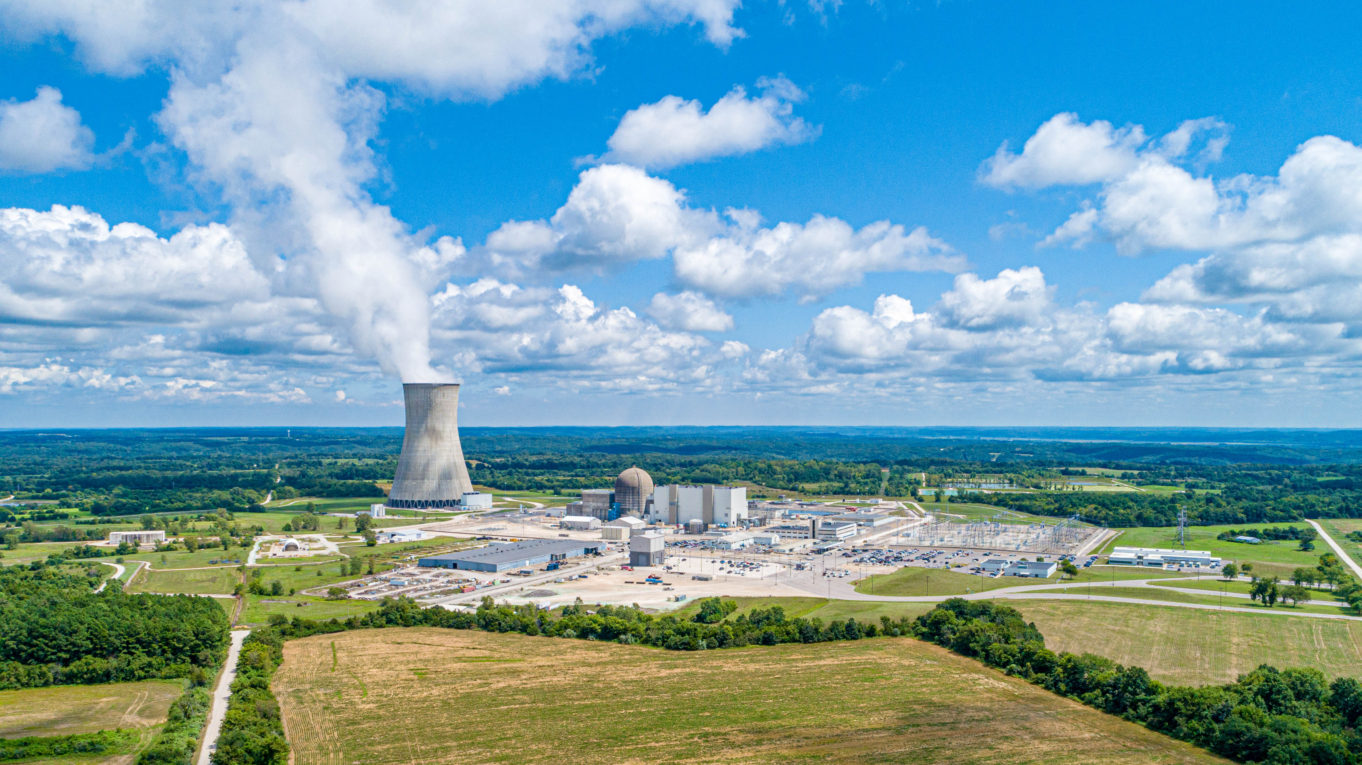For Immediate Release
Contact:
Tim Judson, Citizens Awareness Network, 315-415-3005
Paul Gunter, Beyond Nuclear, 301-523-0201
Public pressure has forced the US Nuclear Regulatory Commission to review the safety of two nuclear power plants near Oswego, NY, along with 21 other Fukushima-style plants operating throughout the United States. Nuclear watchdog groups call this a step toward permanently shutting down all 23 General Electric Mark I Boiling Water Reactors in the United States. These plants are of the same design as the dangerously flawed reactors that melted down and exploded in Japan following the March 11, 2011 earthquake and tsunami.
Today, the Nuclear Regulatory Commission (NRC) publicly released a December 13, 2011 decision, which accepts several key publicly requested actions regarding safety concerns at the 23 reactors. The issues were raised by nuclear watchdog groups and concerned citizens in a petition to the Commission filed in April, one month after the start of one of the worst nuclear disasters in history at the Fukushima Dai-Ichi nuclear power complex in Japan. The 23 plants coming under renewed scrutiny by the NRC are GE Mark I reactors, the same design as the failed reactors in Japan. Experts and watchdogs have been warning of known design flaws in Mark I reactors since 1972.
The NRC’s chief safety officer, Eric Leeds, agreed that the NRC will now consider whether to revoke federal approval of the current failed GE Mark I containment venting system and whether to order all Mark I operators to install backup emergency power systems for cooling of nuclear waste stored in densely packed rooftop pools. The Commission refused a request by the petitioners to temporarily suspend operations at the plants in question until the safety review is complete.
The petitioners were led by the group Beyond Nuclear, which filed the request for action on April 13, 2011. Several Central New York organizations, including Citizens Awareness Network, Citizens Environmental Coalition, Syracuse Peace Council, Peace Action of Central New York and the Iroquois Group of the Sierra Club joined the petition along with about 8,000 other co-petitioners. Beyond Nuclear has launched a national coalition effort to “Freeze Our Fukushimas” which aims to permanently suspend operations at all Mark I reactors in the United States.
Two plants in Central New York – Nine Mile Point Unit 1 and James A. Fitzpatrick – both located just outside Oswego are on the list for review. Nine Mile Point 1 is owned by Constellation Energy Group, while Fitzpatrick is owned by Entergy. Concerned citizens in the area have been warning for years that known flaws in Mark I containment design could result in large releases of radiation if an accident were to occur. Venting systems which were installed to remedy the known flaws are unproven and failed to prevent the Fukushima Dai-Ichi disaster.
“The NRC must revoke its approval of dangerous venting systems installed on these Fukushima-style reactors and an NRC safety panel has accepted this for review,” said Paul Gunter, Director of the Reactor Oversight Project at Beyond Nuclear. “Putting a vent on reactor containment to save it from a nuclear accident is as rational as putting screen doors on submarines.”
To compound the dangers, hundreds of metric tons of highly radioactive and thermally hot nuclear waste from the Mark I reactors is stored in pools high in the air, potentially without adequate backup power to ensure cooling of the waste to prevent the release of radiation to surrounding communities.
“For years, Entergy and Constellation have downplayed safety concerns, saying that an accident like Chernobyl could never happen here,” said Tim Judson, President of Citizens Awareness Network. “Fukushima is tragic proof of just how untrue that is. These plants should never have been allowed to operate with such massive design flaws.”
In Japan, at the Fukushima Dai-Ichi complex, the failed containment at the Mark 1 reactors led to unknown large quantities of radiation being released into the environment, the evacuation of tens of thousands of residents, and the contamination of crops, drinking water, and the Pacific Ocean. The full scale of the contamination, both in and outside of Japan, and the resulting health effects are yet to be determined.
-30-
LINKS TO DOCUMENTS
December 13, 2011, NRC Nuclear Reactor Regulation Director’s Decision
http://www.beyondnuclear.org/storage/mark-1-campaign/mk-1-2206/fof_nrc_f…
“Receipt of Request for Action,” January 3, 2012, Federal Register, p. 143
http://www.gpo.gov/fdsys/pkg/FR-2012-01-03/pdf/2011-33649.pdf
April 13, 2011 Beyond Nuclear Petition for Emergency Enforcement Action
http://www.beyondnuclear.org/storage/mark-1-campaign/mk-1-2206/bn_2206_g…
List of GE Mark Boiling Water Reactors in the United States
http://www.beyondnuclear.org/storage/mark-1-campaign/mk-1%20list_of_us_r…
Stohl et al., “Xenon-133 and Caesium-137 releases into the atmosphere from the Fukushima Dai-ichi nuclear power plant: determination of the source term, atmospheric dispersion, and deposition,” Discussions of Atmospheric Chemistry and Physics, European Geosciences Union, 11, 28319-23394, 2011, http://www.atmos-chem-phys-discuss.net/11/28319/2011/acpd-11-28319-2011….

